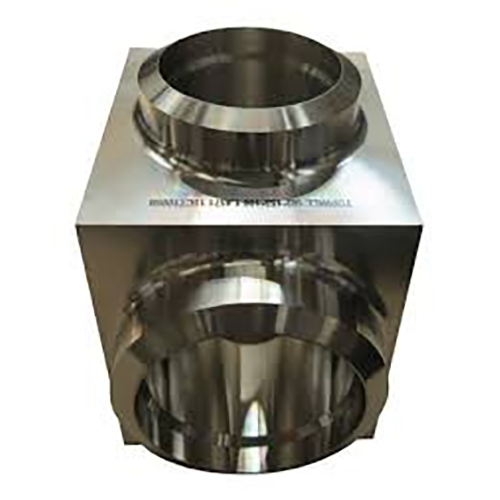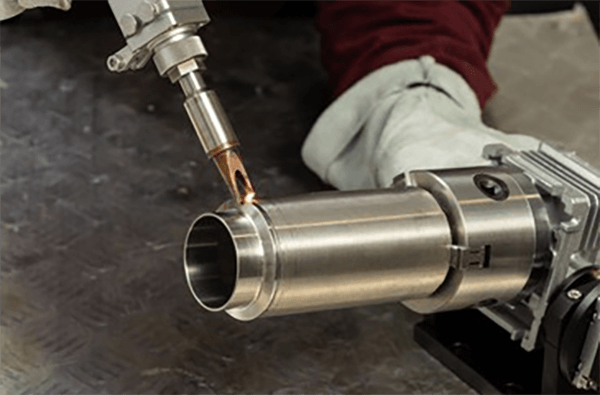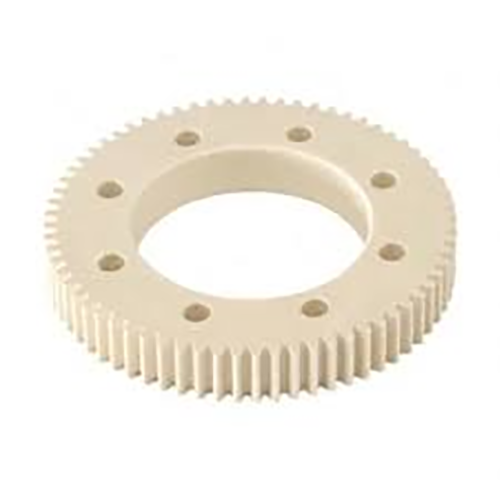
Securing exact surface quality on a machined component stands as fundamental.
- Design documents set out definitive finishing requirements for parts
- Designers use Ra (mean deviation) as a numerical indicator of surface roughness
- Knowing how to read finish callouts is critical for meeting performance goals
- Designated finish alters fluid film formation, friction levels, and durability outcomes
- Right interpretation of surface notes ensures attainment of the sought condition
Defining Precision in CNC Machining

CNC machining is a transformative approach within manufacturing using CNC instructions the equipment fabricates detailed forms with consistency.
- Numerical control tools generate quality components from varied media
- Broad CNC applicability benefits industries like aerospace, automotive, and healthcare
- Computerized machining yields consistent replication of parts in series production
Across R&D to production scale-up CNC machining drives manufacturing evolution
Interpreting CNC Specifications
Reading machine specs may appear overwhelming initially
That said, foundational understanding plus a method lets you confront technical details
Commence with recognizing main metrics: spindle rpm, feed, precision, work volume, control system
Each of these specifications contributes to the machine's overall performance.
In practice greater spindle speed often suits ductile substrates whereas higher feed supports productivity.
Understanding these relationships will allow you to select the right CNC machine to match your specific requirements
Remember to consult the manufacturer's literature thoroughly.
Maker resources usually present informative direction and demystify jargon
Understanding CNC Machines: A Complete Overview
Automated CNC platforms are computer-commanded systems for precision manufacturing of multiple materials They function by reading numerical G-code commands that drive cutting heads and actuators.
- Various CNC platforms encompass milling centers, turning lathes, routers, plasma systems
- Machining operations fit metal, plastic, wood, and composite workpieces
- Moreover CNC platforms enable rapid model creation and small-batch production for SMEs and R&D teams
Core Concepts of CNC Machinery
They exemplify the union of precise mechanics and modern control software Flexible equipment harnesses software instructions to automatically fabricate basic components and intricate assemblies The fundamental principle behind CNC machines is the translation of digital designs into physical forms.
- CNC machining
- Programmed manufacturing process
It requires coordinated toolpath steps instructed by G-code Machine operators handle parameter selection, process monitoring, and quality confirmation.
Why Surface Finish Matters in CNC Machining
Securing intended finish on parts is imperative It shapes both functional outcomes and outward appearance Material characteristics, tool parameters, and finishing techniques affect texture.
Polished textures increase lifespan; rough finishes may lower effectiveness CNC machining processes offer a wide range of tools and techniques to achieve the specific surface finish for different applications.
- For instance varying cutting insert shapes |coated inserts|spindle rpm choices to produce target surface
- Also surface treatments such as grinding and polishing can refine textures
Comprehending the connections between machining choices and texture secures better results.
Introduction to CNC Machining
Precision production uses machine control software to shape parts from different material classes They adhere to programmed code to reproduce complex geometries with repeatable accuracy Knowing programming basics and tool selection secures better machining outcomes
CNC applications stretch across aerospace, automotive, medical device, and electronics industries From intricate parts for aircraft engines to precision molds for plastic injection CNC machines have become indispensable tools for producing high-quality products with complex geometries
Surface Finish Specification Guidelines
Precise surface specification proves essential in CNC machining It secures that the final item meets both functionality and looks Designers typically indicate finish using the Ra (roughness average) metric Measured in micrometers or inches, the number reflects mean surface roughness height.
Evaluate both finish smoothness targets and the operational application before specifying

In practice smoother finishes help where exact fits and close tolerances are essential
Rougher textures often suit parts intended for grip or high-friction contact
Provide specific finish callouts in engineering drawings to communicate texture needs Enter the Ra specification and describe any post-process finishing or treatments.
Note that precise surface specifications contribute directly to production success
CNC Equipment Types and Use Cases
Numerical control machining comprises numerous machine types engineered for diverse applications These versatile tools utilize computer-aided design (CAD) software to control cutting tools enabling precise and efficient fabrication of components.
- Drills bore precise holes with controlled feed and speed
- Turning machines rotate stock to create symmetrical components efficiently
- Laser cutters harness concentrated energy beams to slice through materials with exceptional accuracy and minimal heat distortion
Equipment choice hinges on material, design intricacy, and precision requirements Unique machine capabilities support varied industry needs such as automotive, aerospace, and medical.
Achieving Premium Surface Results in CNC Processes
Creating superior finishes is essential and CNC control systems help produce them By adjusting feed, rpm, and cutter geometry skilled staff shape chip flow and surface formation for better finishes Coupled with high-quality tools and correct fluid use, finish quality is elevated Through careful selection of cutting strategies and meticulous machine setup CNC machining enables the creation of components with exceptional surface quality for diverse applications.
Securing Surface Finish Through CNC Programming
Tuning code to influence finish plays a central role in meeting quality aims Selected feeds speeds and tool geometry directly shape the resulting surface profile Thoughtful parameter choices coupled with correct lubrication help produce polished surfaces.
- Additionally routine tool checks and upkeep maintain consistent finish quality Furthermore regular tool maintenance and inspection are essential for ensuring a consistent and high-quality surface finish machine finishing symbols over time Besides that systematic tool upkeep and monitoring ensure sustained surface quality
- To improve surface outcome account for material, roughness target, and application
- Simulated machining supports parameter refinement to mitigate surface issues
- Furthermore regular tool maintenance and inspection are essential for ensuring a consistent and high-quality surface finish over time
